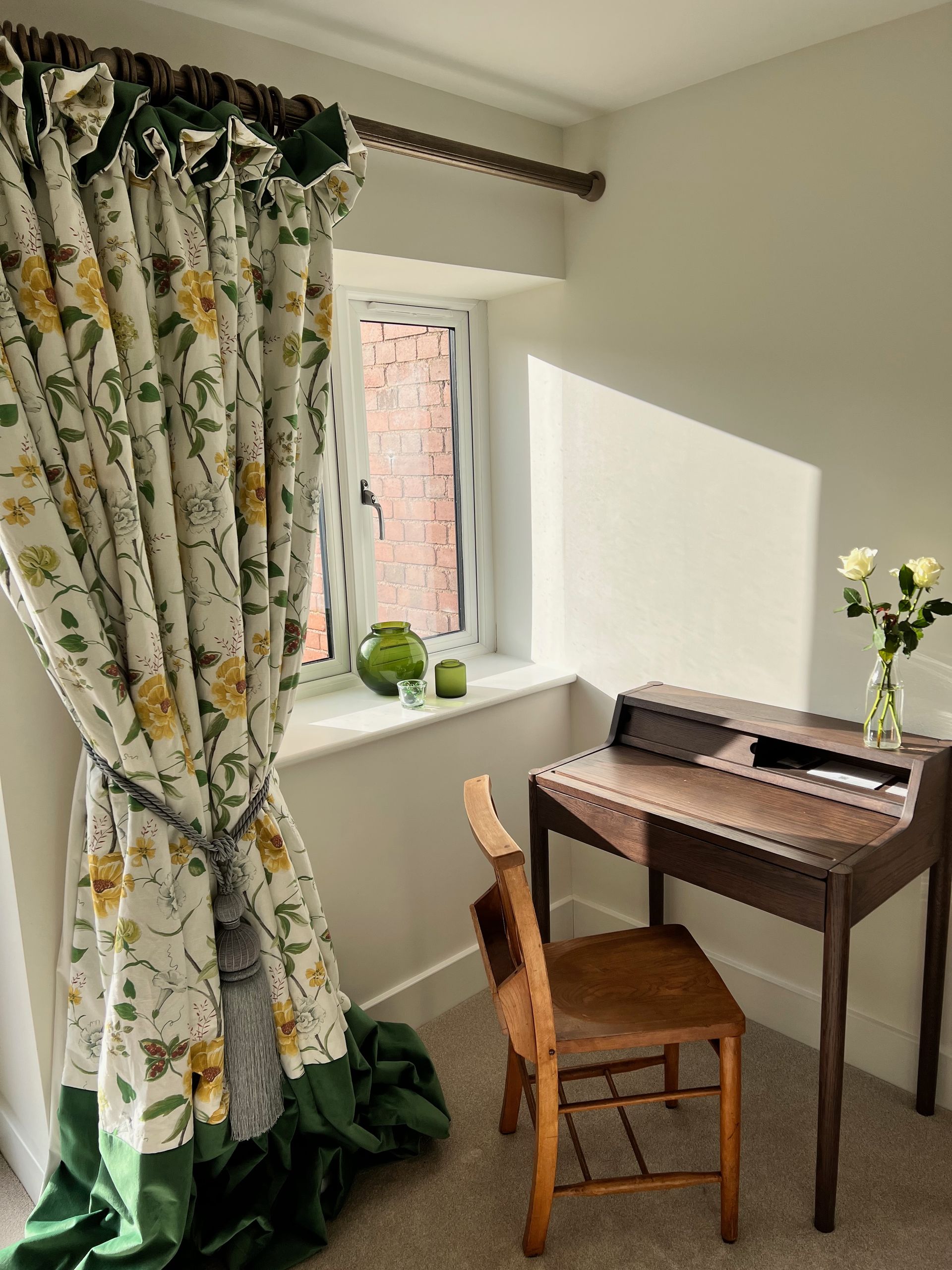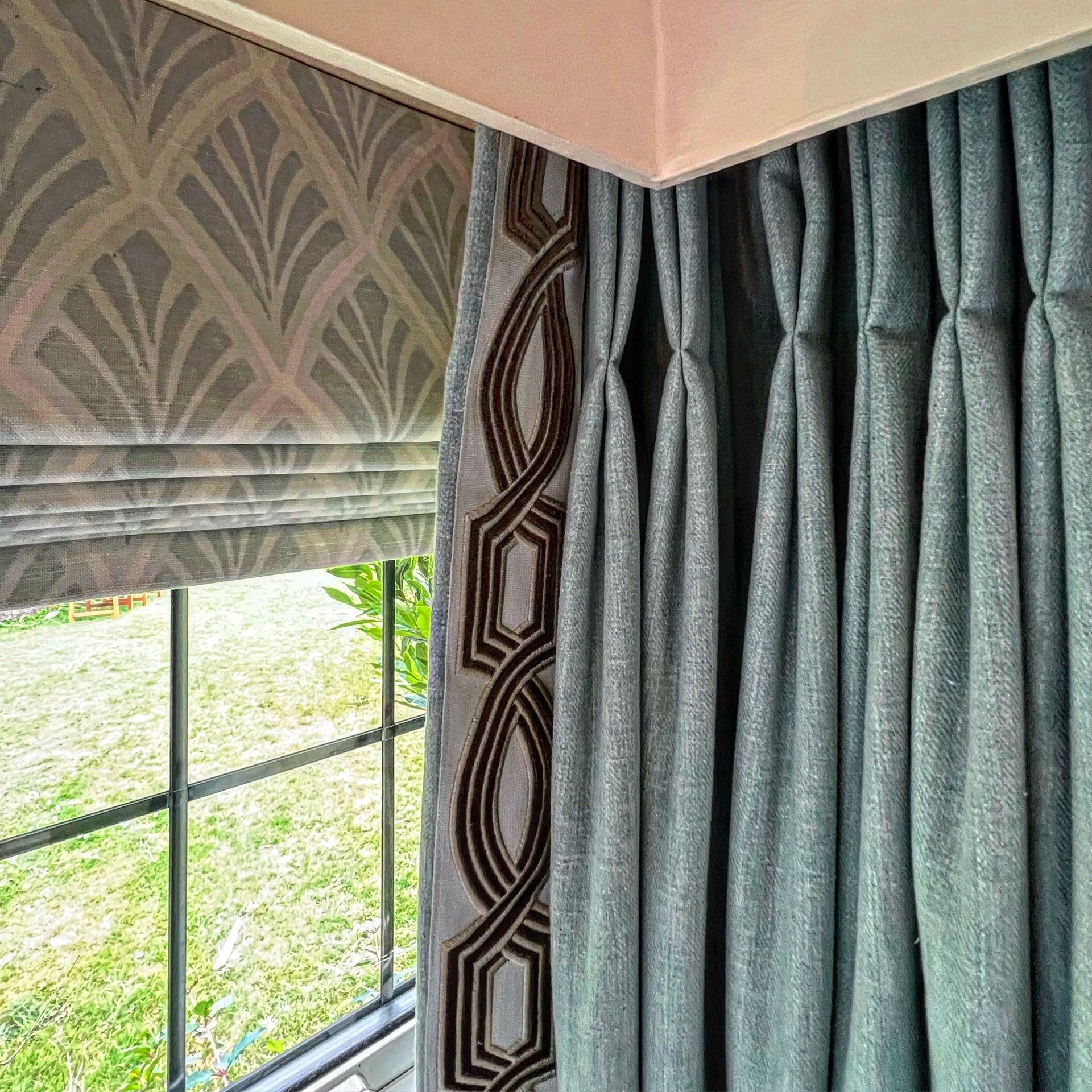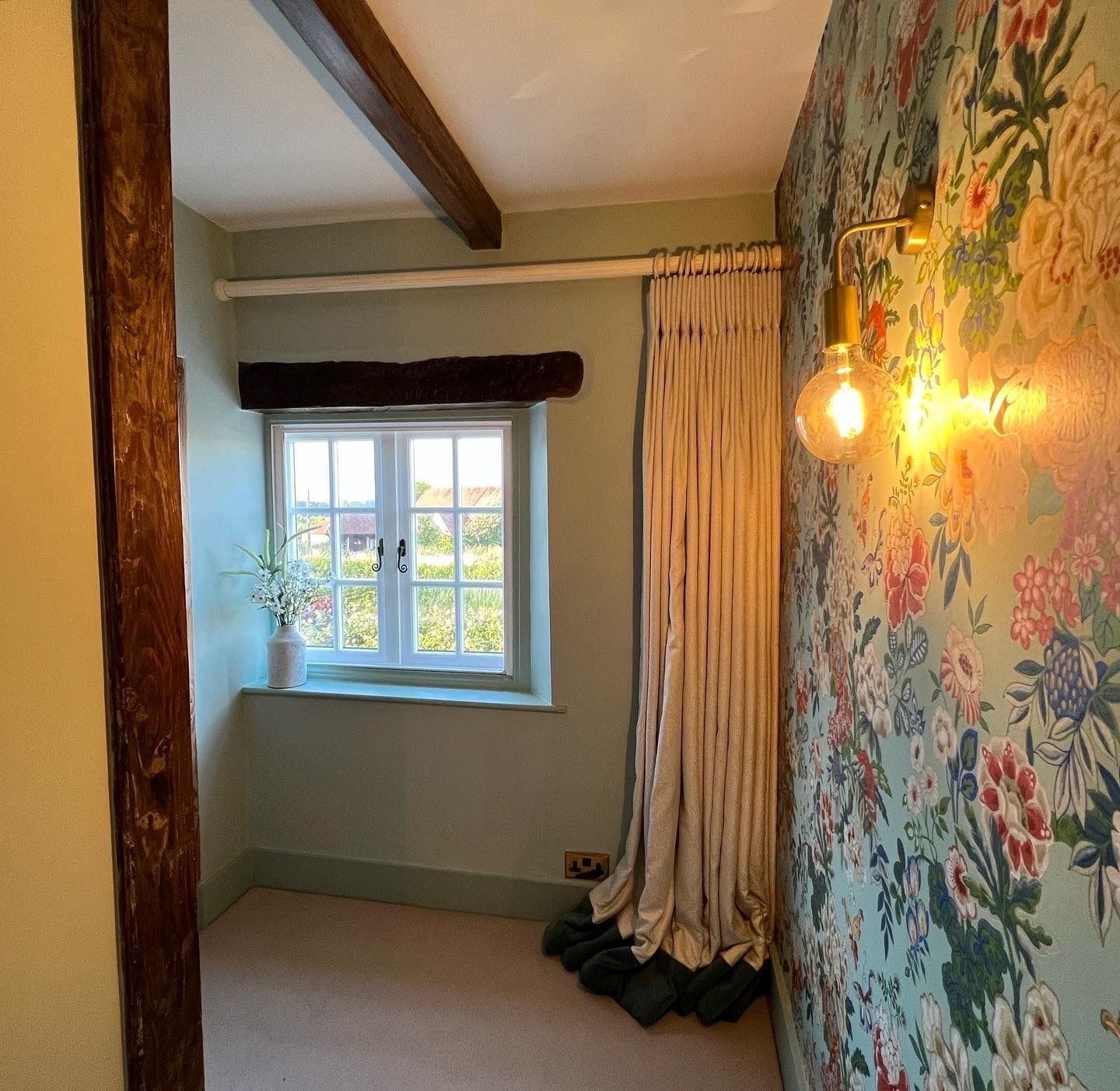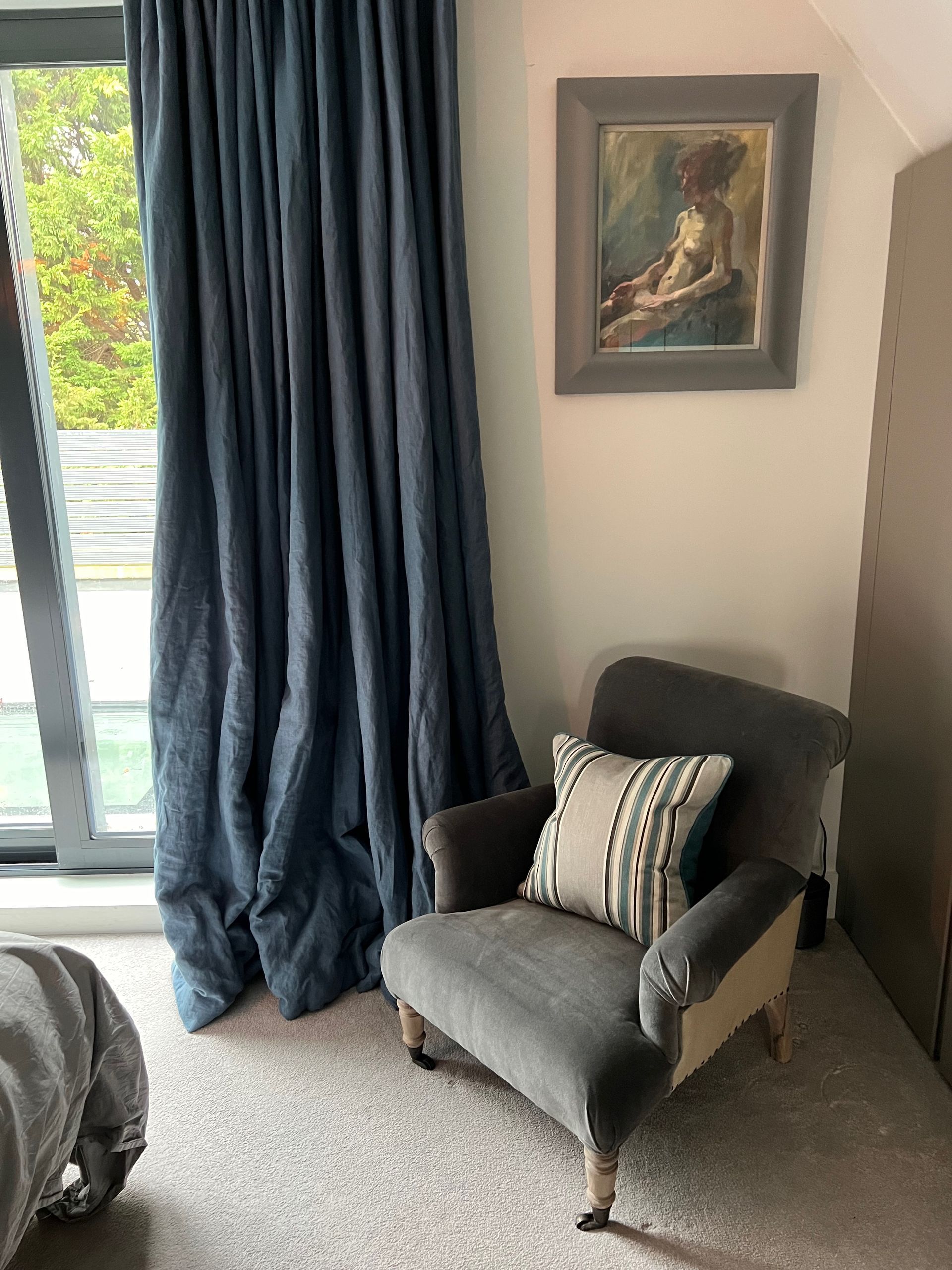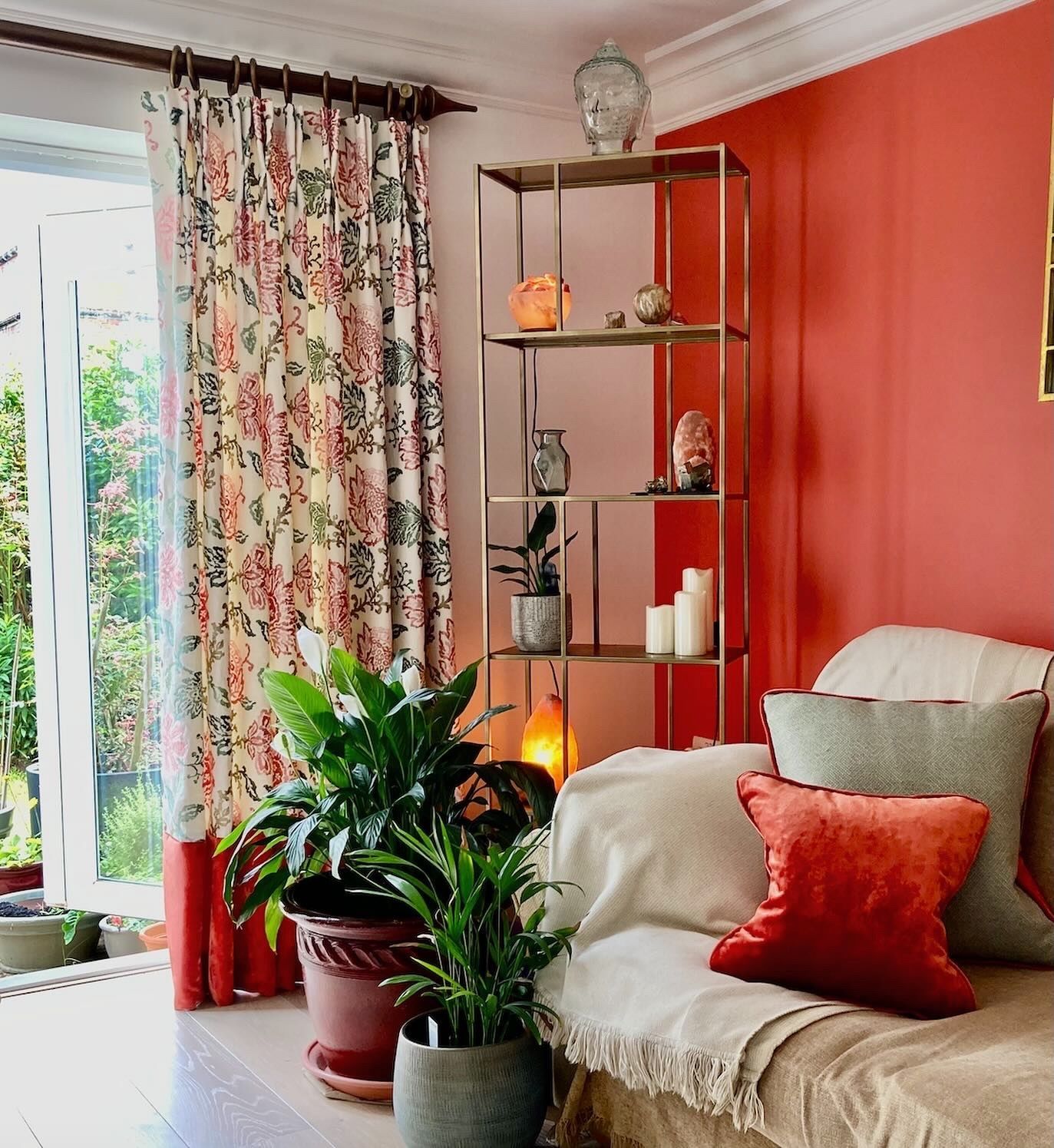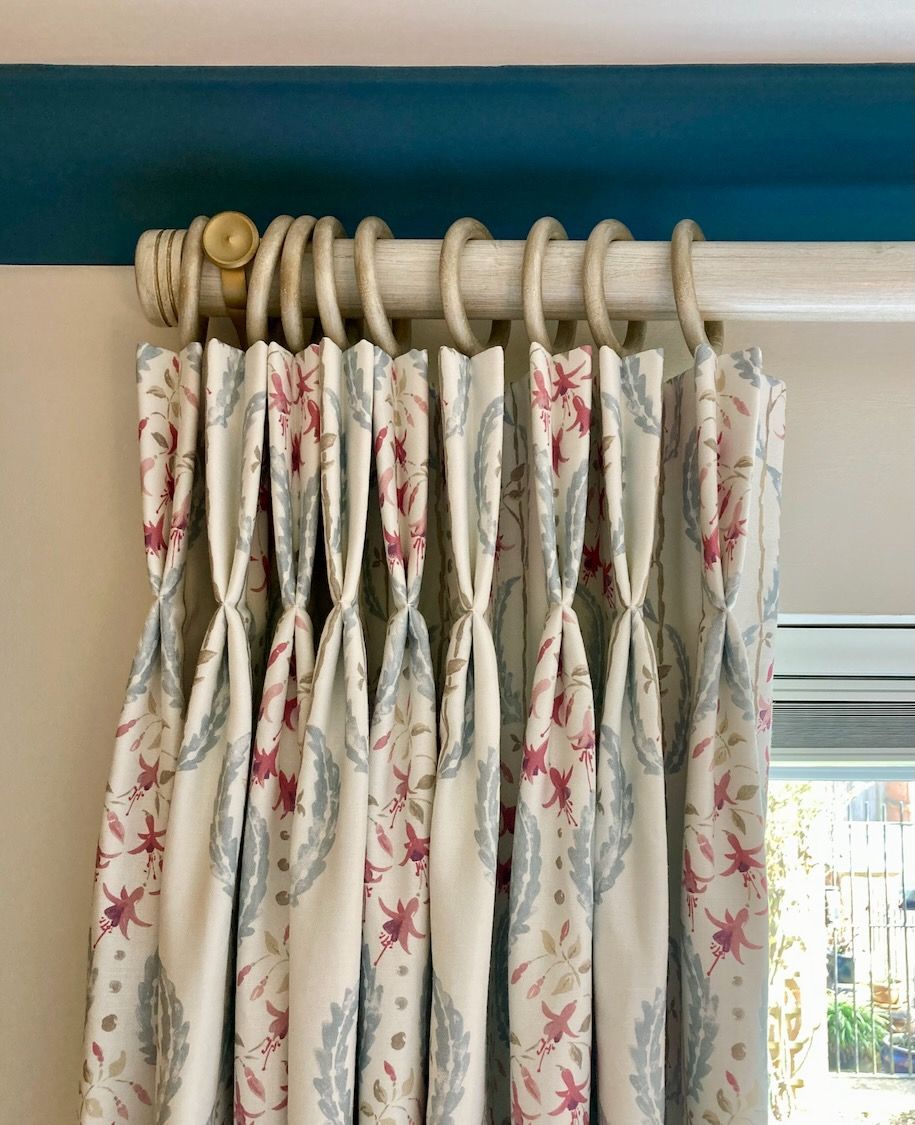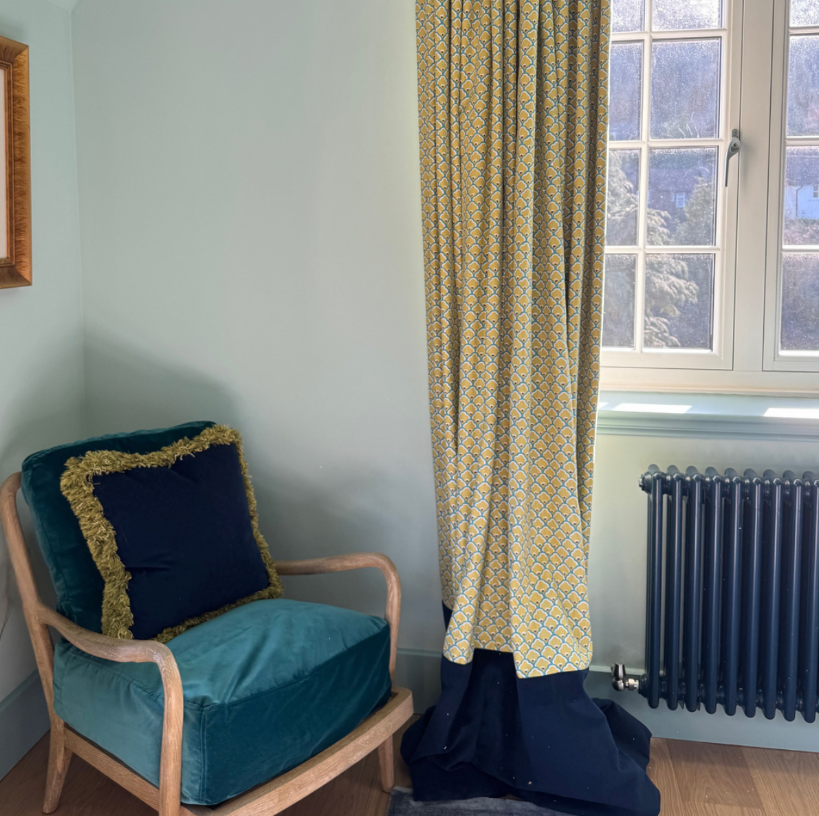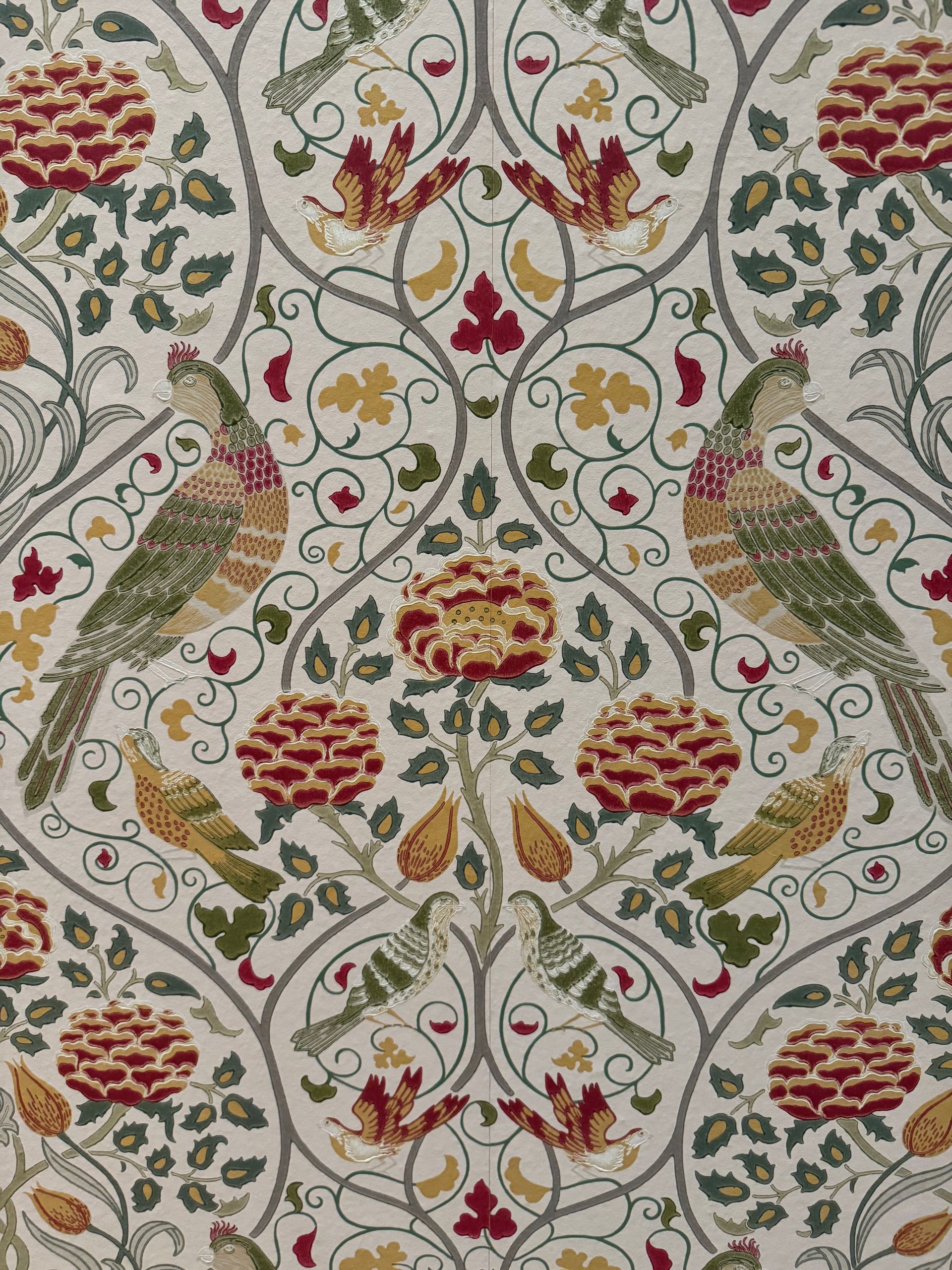Window dressing with curtains
Choosing the perfect curtains in six steps
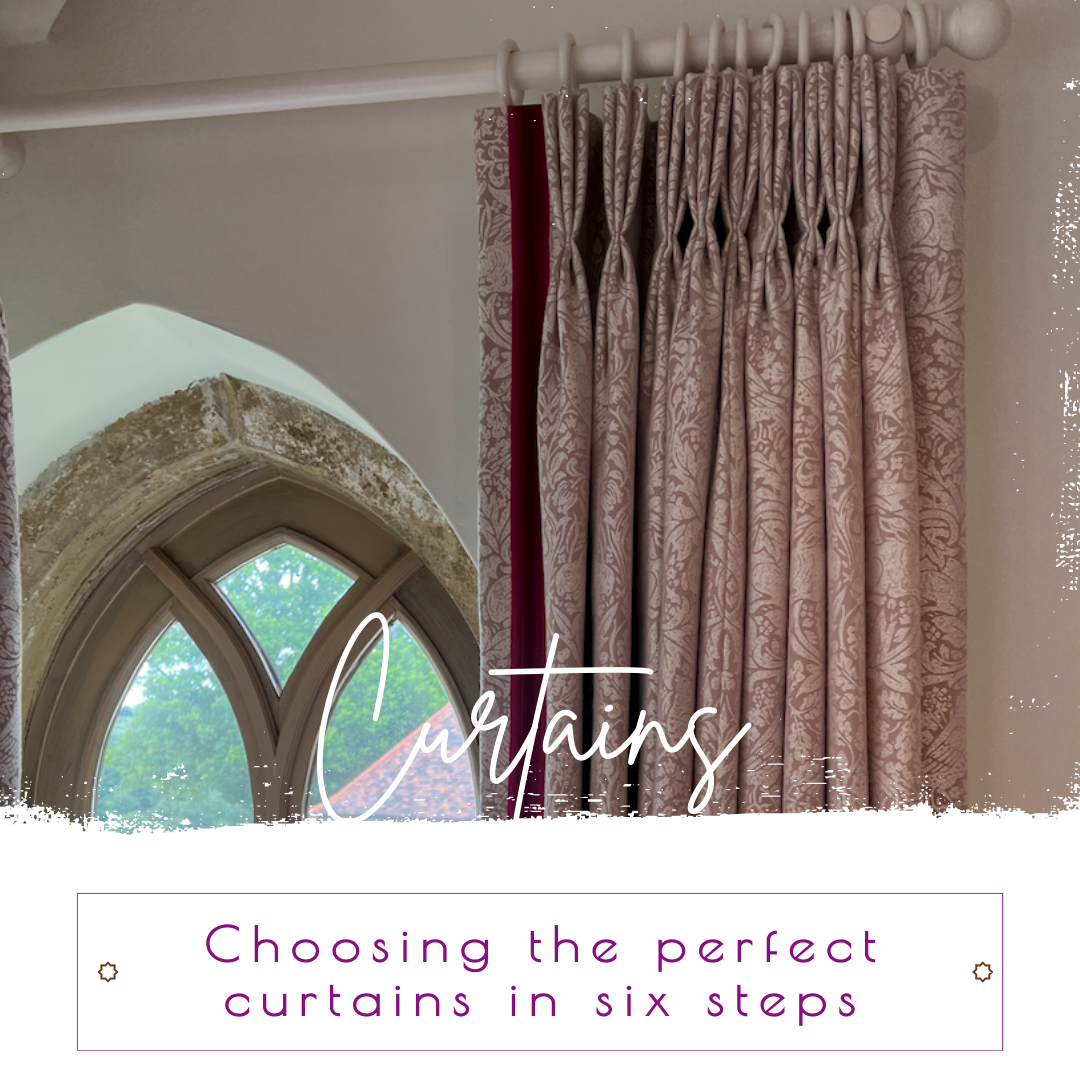
Curtains are more than just window coverings—they are essential design elements that can transform a space. From creating a sense of luxury to enhancing comfort and privacy, the right curtains make all the difference. Here’s a guide to help you navigate the key decisions, with insights on fabrics, styles, and practicalities.
1. Choose the right fabric
Fabric choice sets the tone for your curtains. Heavyweight materials like velvet or brocade create a sense of opulence and help with insulation, while lighter fabrics such as linen or voile offer a breezy, relaxed feel. For a balanced look, consider cotton blends, which provide durability and versatility.
When choosing fabric, consider its function. Do you need blackout lining for a bedroom? Or a sheer fabric to allow light into a living space? Fabrics with a good drape and weight will hang beautifully, enhancing the overall look.
2. Select the right a style
Curtain styles should reflect both the architecture of your home and your personal aesthetic. Traditional pinch pleats or pencil pleats are timeless and suit period properties, while wave curtains offer a more contemporary feel. Layering curtains with sheer panels adds depth and dimension, perfect for rooms that need a softer touch.
3. Don't forget the hardware
Curtain poles and tracks are often overlooked but play a crucial role in the overall design. Wooden or metal poles add character and can either complement or contrast with your fabric. Tracks are ideal for a minimalist look, especially when paired with wave curtains. For bay windows or large expanses of glass, custom tracks ensure a seamless fit and smooth operation.
4. Find the perfect length
Curtain length can dramatically impact the room’s proportions. Full-length curtains that puddle slightly on the floor create a luxurious, formal look, while floor-length curtains with a clean break give a tailored, modern vibe. If you prefer a more casual feel, consider curtains that just skim the floor. Remember to measure carefully to achieve the desired effect.
5. Remember the practical considerations
Beyond aesthetics, think about maintenance and functionality. Some fabrics are easier to clean and more durable, making them suitable for high-traffic areas. If energy efficiency is a priority, thermal linings can help retain heat in winter and keep rooms cool in summer. Avoid silks and bright colours if you’re room is south facing - they will fade and quickly deteriorate.
6. Engage an interior designer
When we think of interiors, most people immediately think of the visual elements - the colour of the walls, the window treatments, cushions and accessories. For an interior designer the design of these elements happens at the end of the process, once they’ve dealt with space planning, lighting, and then the overall scheme. They can help you navigate all the choices for window treatments, ensuring that your curtains enhance the room’s architecture and overall style. From sourcing unique fabrics, advising on poles and tracks, and designing a look that will fit with the room, a designer will create a cohesive, beautiful space.


